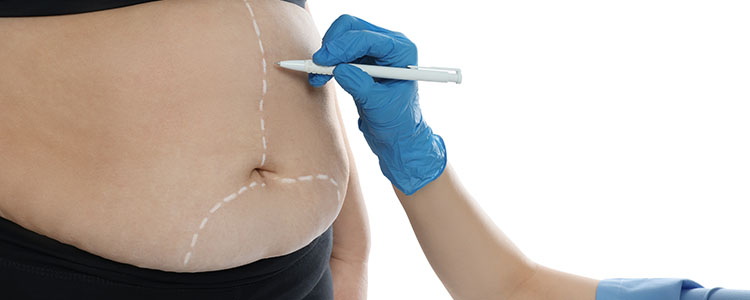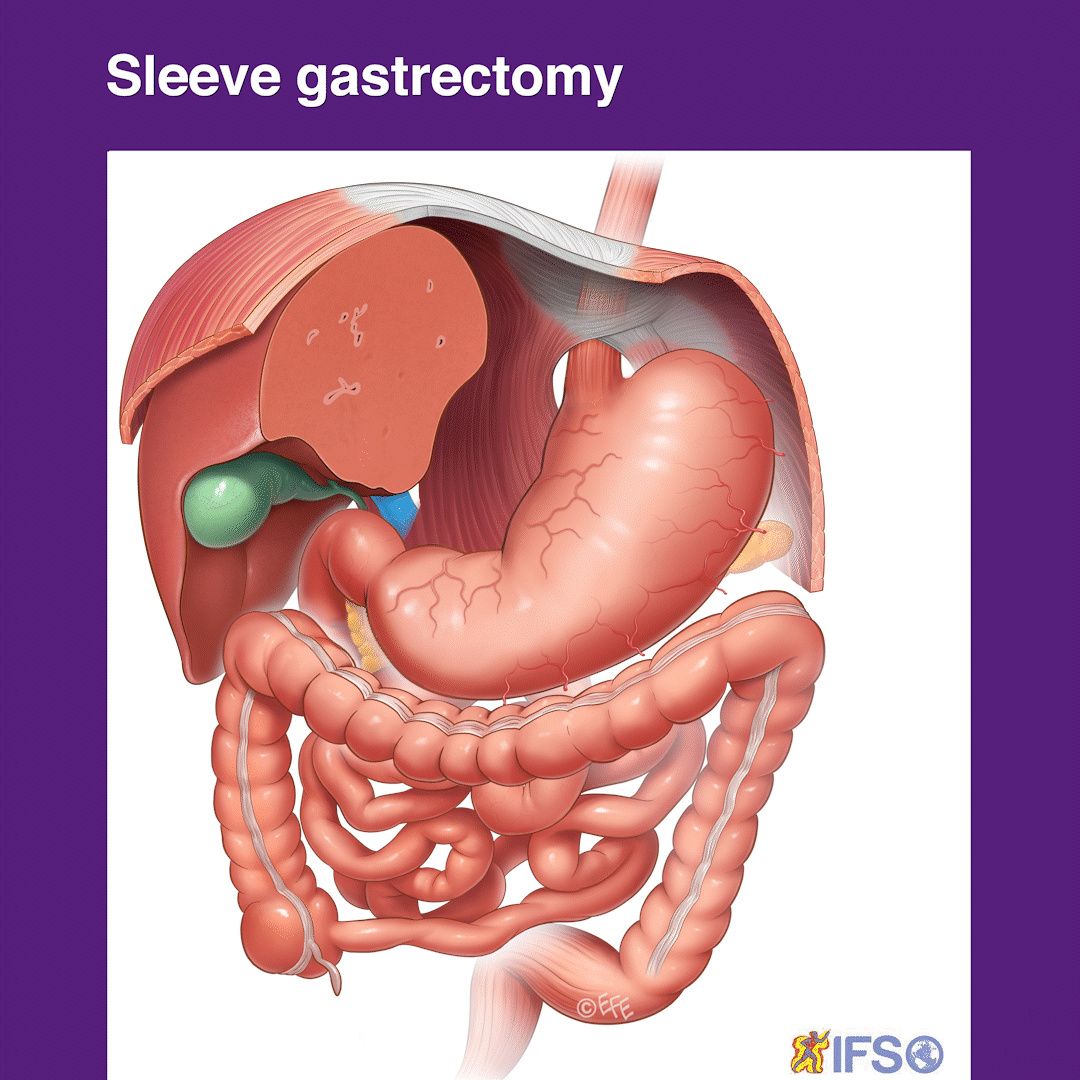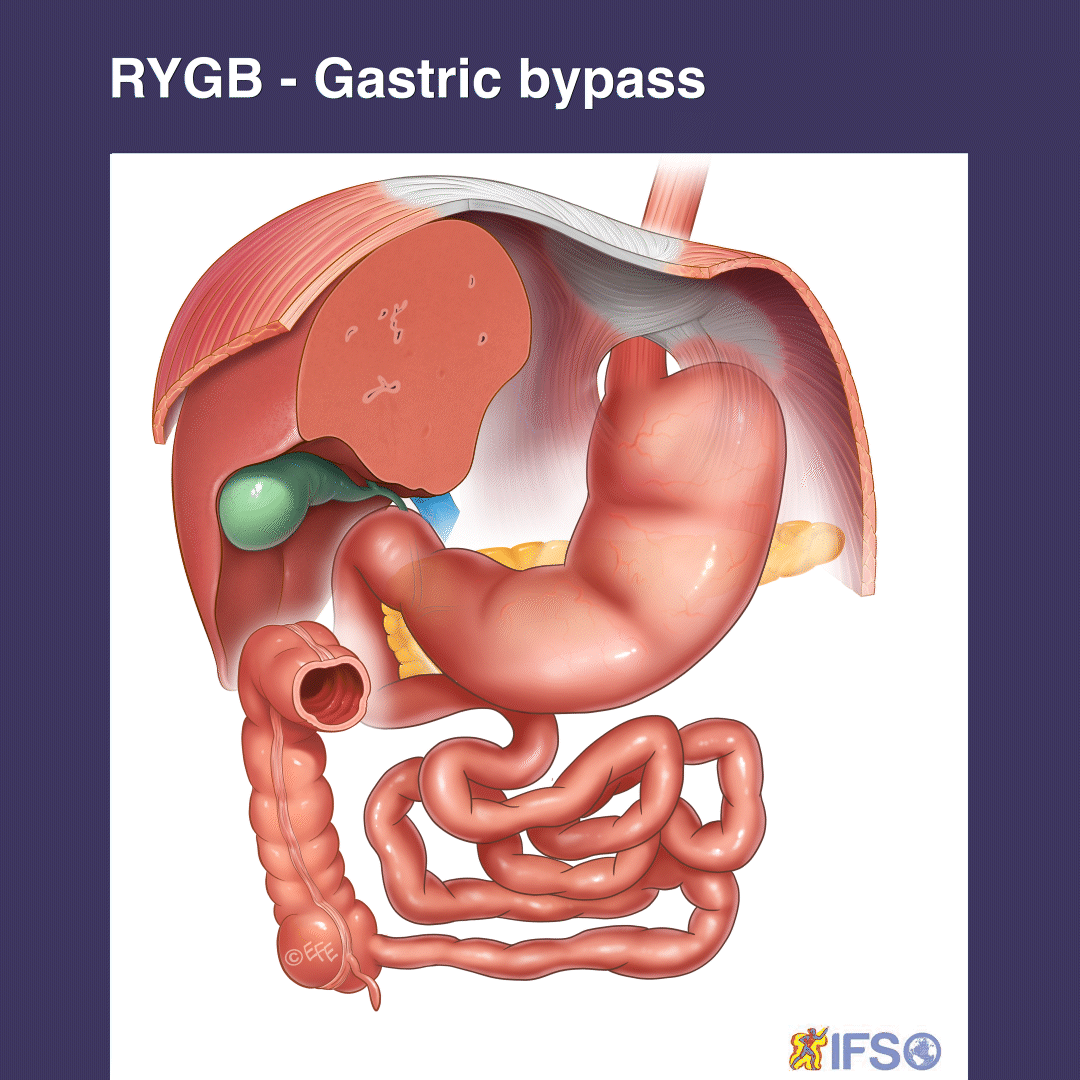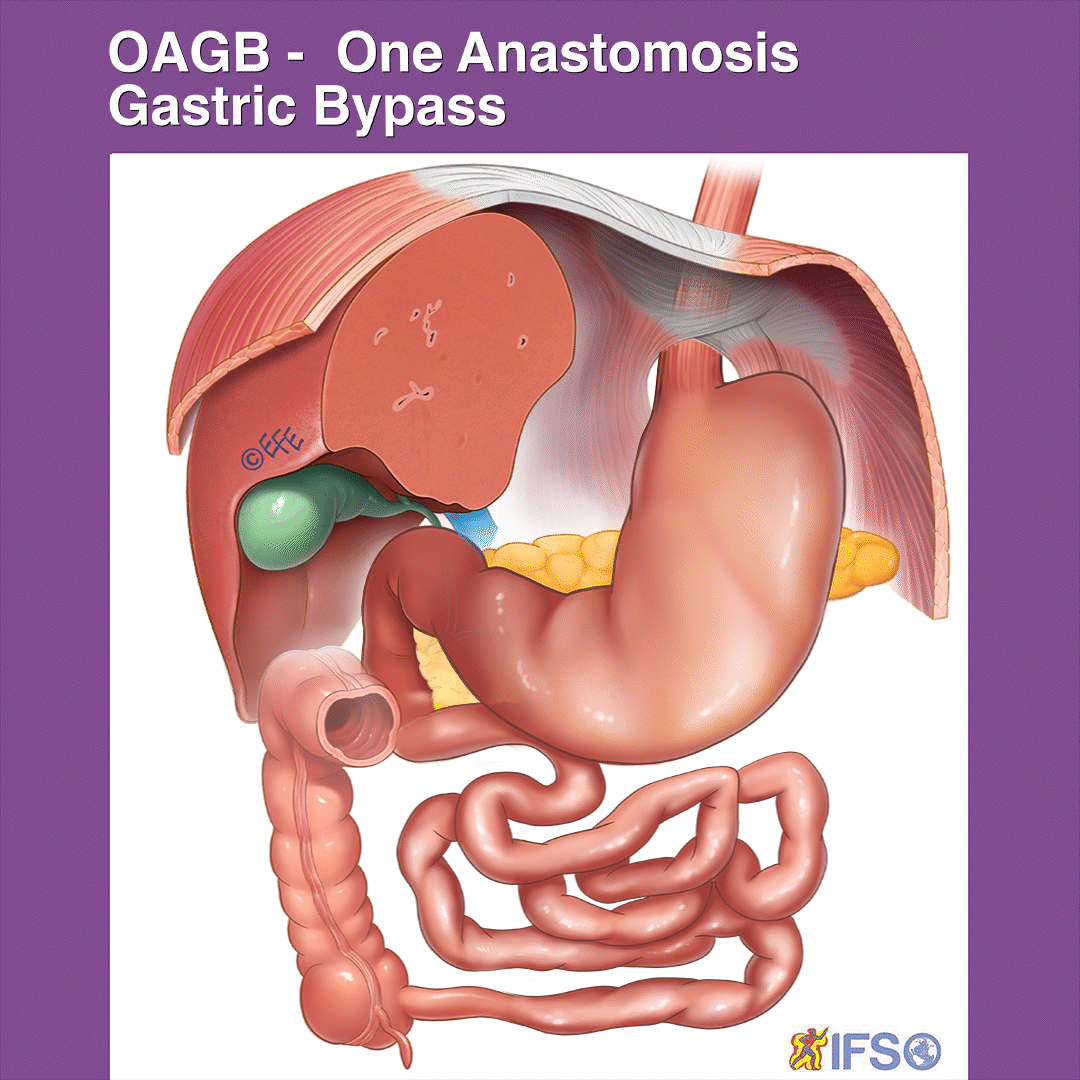
Metabolic & Bariatric Surgery
Metabolic and bariatric surgery represents a significant step forward in treating obesity and its associated health conditions. It offers hope and transformation to those who have struggled with weight management and related health issues.
These surgical procedures facilitate weight loss and improve or resolve comorbid conditions, enhancing patients' overall quality of life.
What is Metabolic and Bariatric Surgery?
Metabolic and bariatric surgery encompasses a variety of procedures designed to help lose weight and improve metabolic disorders.
Bariatric surgery explicitly targets weight loss by altering the stomach and sometimes the intestinal pathway to limit food intake and absorption.
Metabolic surgery, while also facilitating weight loss, primarily aims to alter specific metabolic processes, particularly for the treatment of type 2 diabetes and other metabolic conditions.
What's the difference between the two?
The key distinction stems from the objectives and methods used in surgery. Bariatric surgery focuses on weight loss as a primary goal, often leading to improving metabolic disorders as a secondary benefit. Metabolic surgery, however, targets improving metabolic diseases, with weight loss as a secondary outcome.
What do these surgeries treat?
These surgeries are effective in treating obesity and its related conditions, including type 2 diabetes, hypertension, high cholesterol, sleep apnea, and certain heart diseases. By addressing the root causes of these conditions, patients can experience significant health improvements.
Who are the ideal candidates for bariatric and metabolic surgery?
Ideal candidates include persons with a Body Mass Index (BMI) exceeding 40 or individuals with a BMI above 35 who also experience one or more obesity-related health issues.
These patients ought to have engaged in diet and exercise efforts for weight loss without enduring success. They should be prepared for a permanent alteration in lifestyle and dietary habits following the surgery.
How does the surgery work?
The surgery works by limiting the amount of food the stomach can hold, reducing the absorption of nutrients, or combining both. This causes significant weight loss and can directly affect the body's metabolic processes, improving or resolving diabetes and other metabolic disorders.
What happens after the surgery?
After surgery, patients can expect a period of recovery and adjustment, including a specialised diet and gradual reintroduction to regular activities. Long-term success requires adherence to a healthy lifestyle, including a balanced diet and regular exercise.
Follow-up care with the healthcare team is crucial to monitor progress and address any challenges.
Embarking on a journey with metabolic and bariatric surgery is a life-changing decision that can lead to significant health improvements and a higher quality of life. If you believe you or a loved one could benefit from these procedures, we encourage you to reach out for a consultation.
The different types of Bariatric Procedures
Vertical Sleeve Gastrectomy

© Dr Levent Efe, courtesy of IFSO
The vertical sleeve gastrectomy procedure is a surgical weight-loss procedure that involves removing a large portion of the stomach to create a sleeve-like shape. The smaller stomach size allows patients to feel full faster and eat less, helping them to lose weight.
During the vertical sleeve gastrectomy procedure, the surgeon makes several small incisions in the abdomen and uses a laparoscope (a thin, flexible tube with a camera) to guide the procedure. The majority of the stomach is removed, leaving a tubular structure resembling a banana. This limits the amount of food that can be consumed and helps patients feel fuller with smaller portions.
Vertical sleeve gastrectomy is typically performed under general anaesthesia and takes approximately 60 to 90 minutes to complete. Most patients spend one or two nights in the hospital after the surgery and take two to three weeks to recover fully.
One of the significant benefits of vertical sleeve gastrectomy is that it can have long-lasting weight loss effects. This effect can help patients achieve their weight loss goals, lower their risk of obesity-related complications, and improve their overall health and quality of life.
Like any surgical procedure, there are some risks associated with vertical sleeve gastrectomy. These may include bleeding, infection, blood clots, and complications due to anaesthesia. However, such risks are relatively rare.
Overall, vertical sleeve gastrectomy is a safe and effective weight loss solution for patients who have struggled with diet and exercise alone. With the help of your healthcare team, vertical sleeve gastrectomy can help you achieve your weight loss goals and improve your health and quality of life.
Roux en Y gastric bypass

© Dr Levent Efe, courtesy of IFSO
The Roux en Y gastric bypass (RYGB) is a surgical weight-loss procedure that involves reducing the size of the stomach and rerouting a portion of the small intestine to limit the body's absorption of calories and nutrients.
During the Roux en Y gastric bypass procedure, the surgeon makes several small incisions in the abdomen and uses a laparoscope (a thin, flexible tube with a camera) to guide the procedure. The surgeon divides the stomach into a smaller upper pouch and a larger lower pouch and then reroutes a portion of the small intestine to connect to the upper pouch.
The resulting changes cause the body to absorb fewer calories and nutrients, making patients feel full faster and eat less, which leads to weight loss.
Roux en Y gastric bypass is typically performed under general anaesthesia and takes approximately 90 to 120 minutes to complete. Most patients spend two to three nights in the hospital after the surgery and need one to three weeks to recover fully.
One of the significant benefits of Roux en Y gastric bypass is that it can have long-lasting weight loss effects and can also improve or resolve obesity-related health conditions such as type 2 diabetes, sleep apnea, and gastroesophageal reflux disease (GERD).
Like any surgical procedure, there are some risks associated with Roux en Y gastric bypass. These may include bleeding, infection, blood clots, and complications due to anaesthesia. However, such risks are relatively rare.
Overall, Roux en Y gastric bypass is a safe and effective weight loss solution for patients who have struggled with diet and exercise alone. With the help of your healthcare team, Roux en Y gastric bypass can help you achieve your weight loss goals and improve your health and quality of life.
One Anastomosis gastric bypass (OAGB)

© Dr Levent Efe, courtesy of IFSO
The one-anastomosis gastric bypass (OAGB), also known as the mini gastric bypass, is a newer surgical weight-loss procedure that involves creating a small stomach pouch and rerouting the small intestine to limit the body's absorption of calories and nutrients.
During the one-anastomosis gastric bypass procedure, the surgeon creates a small stomach pouch at the top of the stomach and then reroutes a portion of the small intestine to connect to the stomach pouch. This limits the amount of food that can be consumed and helps patients feel fuller faster with smaller portions. The procedure involves only one connection, called an "anastomosis," between the stomach and the intestine.
One-anastomosis gastric bypass is typically performed under general anaesthesia and takes approximately 60 to 90 minutes to complete. Most patients spend one or two nights in the hospital after the surgery and may need one to three weeks to recover fully.
Like any surgical procedure, there are some risks associated with the one-anastomosis gastric bypass. These may include bleeding, infection, blood clots, and complications due to anaesthesia. However, such risks are relatively rare.
Overall, the one-anastomosis gastric bypass is a safe and effective weight loss solution for patients who have struggled with diet and exercise alone. With the help of your healthcare team, the one-anastomosis gastric bypass can help you achieve your weight loss goals and improve your health and quality of life.
Funding for bariatric procedures
Certain medical aids are currently funding bariatric procedures. This is based on a pre-assessment by an accredited multidisciplinary bariatric team. A motivation is sent to the applicable medical aid to assist with funding, the medical aids fund a portion (60-80%) of the total costs and varies between the different schemes.
There are a number of financial service providers that assist with bariatric procedures.
Please contact them for further information.
Send Us a Message
Fill in the form below and we will get back to you as soonas we can.
